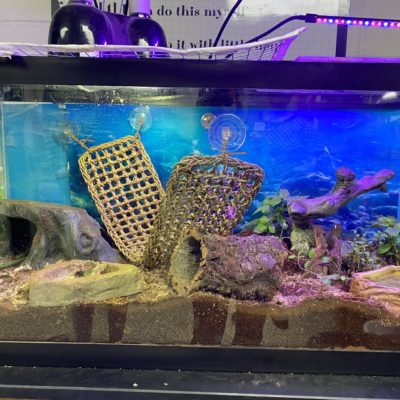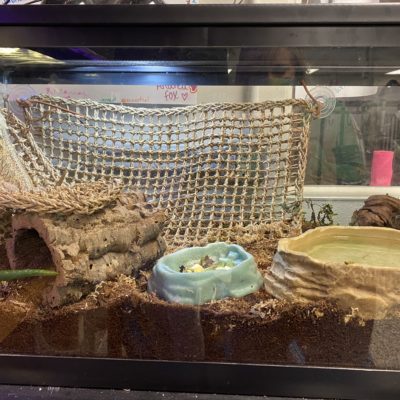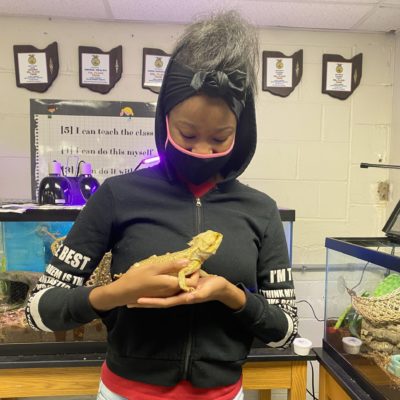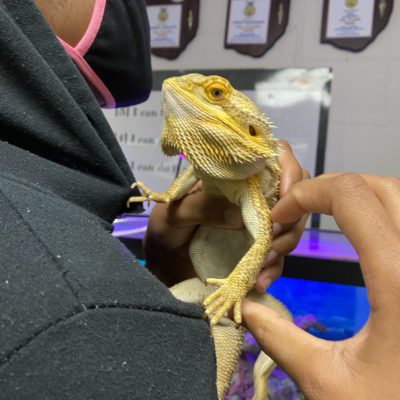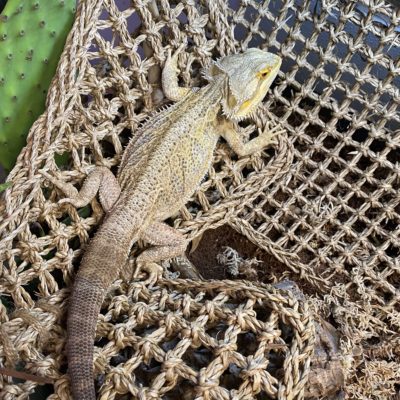Project Description
We designed a terrarium that closely mimics a bearded dragon’s natural habitat. Our goal was to improve their living conditions by providing more space for movement and natural behaviors, such as hunting and exploring.
Goals
-
Enhance the bearded dragon’s environment by creating a more naturalistic habitat.
-
Increase space for exercise and enrichment.
-
Implement a bioactive setup for a healthier and more sustainable ecosystem.
Content: The top 3 things I learned from this showcase were:
Koreynne:
-
The natural habitat of a bearded dragon.
-
How to design a terrarium that replicates this environment.
-
The benefits of a bioactive tank for overall health.
Bri:
-
Identifying safe plants for bearded dragons.
-
Choosing the best substrate for their habitat.
-
Understanding the functionality of a bioactive terrarium.
Culture: This project relates or connects to my family, background, peers, community or my own personal interests in these ways:
Koreynne:
-
This project allowed me to share my knowledge with others, including my family, who own reptiles.
-
I had little experience with reptiles before and took this as an opportunity to overcome my fears.
Bri:
-
Having two bearded dragons at home, I already had experience, but I saw the need for better enclosures.
-
This project aligns with my future goal of transitioning my own reptiles to a bioactive terrarium.
Metacognition: In reflection, one thing that I would have done differently during my journey with this showcase is:
Koreynne:
-
If I did this again, I wouldn’t house a male and female together due to fighting issues.
-
I would also choose a partner with a similar schedule and research materials more thoroughly beforehand.
Bri:
-
If I had a chance to redo this project, I would make both tanks the same larger size to give the dragons even more space.
Social/Emotional: One thing I am most proud of by completing this showcase is:
Koreynne:
-
Overcoming my fear of reptiles.
-
Stepping out of my comfort zone and improving my teamwork skills.
-
Gaining hands-on experience with an unfamiliar type of animal.
Bri:
-
Creating a larger and more enriching habitat for the bearded dragons.
-
Seeing the positive impact of a properly designed enclosure on their activity and well-being.

